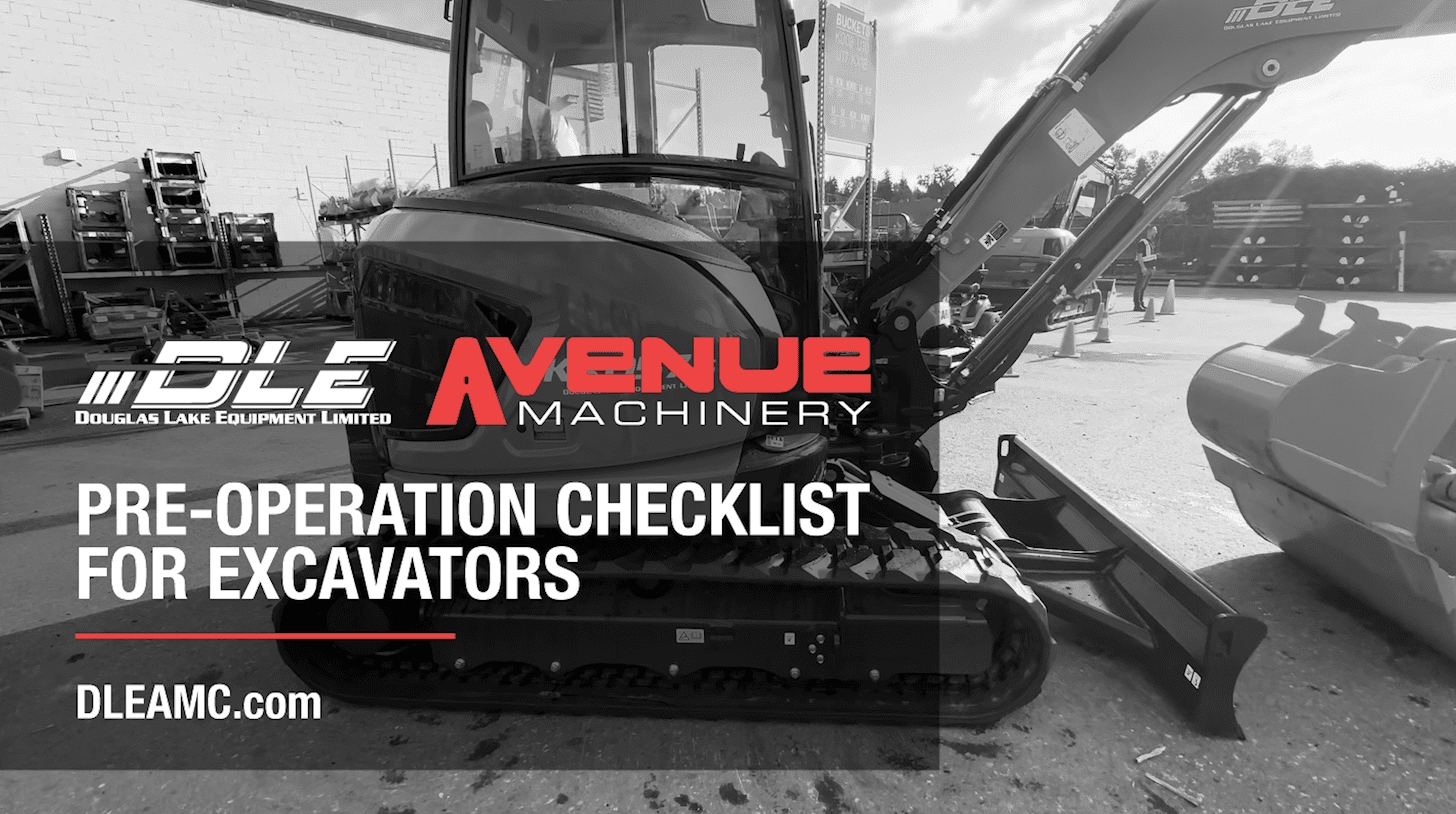Pre-Operation Checklist for Your Excavator

Ensuring that your excavator is in top working condition is essential for both the safety of your crew and the efficiency of your projects. This comprehensive pre-operation checklist is designed to help you catch potential issues before they become costly problems. Whether you’re a seasoned operator or new to the field, following these steps will keep your excavator running smoothly and your job site safe.
Conduct a Walk-Around Inspection
Begin by walking around your excavator, inspecting it for any visible damage, such as cracks, dents, or signs of wear. Identifying these issues early can prevent safety hazards and costly repairs down the line.
Check the Coolant Level
Maintaining the correct coolant level is crucial. Running your excavator with low coolant can lead to overheating and severe engine damage. Always ensure the coolant is within the proper range, topping it off if necessary.
Ensure Adequate Fuel Level
Never start a job with an insufficient fuel level. Kubota’s Dash Five excavators and Dash Three skid steers come equipped with advanced fuel level indicators that make it easy to monitor your fuel status. The indicators beat faster as the tank nears full, and when you hear a continuous tone, your tank is full—helping to prevent overfilling and spillage.
Check the Engine Oil
Engine oil is the lifeblood of your excavator. Low or dirty oil can lead to serious engine damage, so always make sure the oil is clean and at the recommended level. This simple step can prolong the life of your machine
Verify Hydraulic Fluid Levels
Hydraulic fluid is essential for the smooth operation of your excavator. Low hydraulic fluid can reduce performance or cause system damage. Check the fluid levels against the lines indicated in your operator’s manual—the lowest, ideal, and maximum fill levels—and adjust as needed.
Inspect the Air Filter
A clogged air filter can drastically reduce engine performance and efficiency. Regularly check that the air filter is clean and free from debris to keep your engine running at its best.
Grease All Necessary Points
Proper lubrication is key to maintaining the smooth movement of your excavator’s joints. Your machine’s manual will indicate the points that need greasing and how often it should be done. Neglecting this step can lead to increased wear and potential breakdowns.
Test Control Lamps and Indicators
Before starting your machine, check all control lamps, indicators, and the alometer. These tools provide vital information about the health of your excavator. Ensuring they are functioning properly will help you catch potential issues early.
Inspect the Controls
Your controls should move freely, without any sticking or resistance. Testing them before operation is crucial for safe handling and control of the excavator during work.
Check the Lights
If you’ll be working in low visibility conditions, make sure all lights are operational. This not only keeps you safe but also ensures that others on the job site can see your machine.
Inspect Safety Features
Your seat belt, roll-over protective structure (ROPS), and operator protective guard (OPG) are your last lines of defense in the event of an accident. Inspect these safety features for any damage and ensure that all safety labels are clearly visible and intact. If you find any issues, don’t hesitate to get them repaired immediately.
Examine the Diesel Particulate Filter (DPF) Muffler
Finally, check the diesel particulate filter (DPF) muffler. This component helps reduce harmful emissions, making your machine safer for both the operator and the environment.
Conclusion
By following this comprehensive pre-operation checklist, you’ll not only keep your excavator in top condition but also ensure a safer work environment for everyone on the job site. Consistently implementing these checks can save you time, money, and stress by minimizing the risk of breakdowns and preventing potential accidents.

